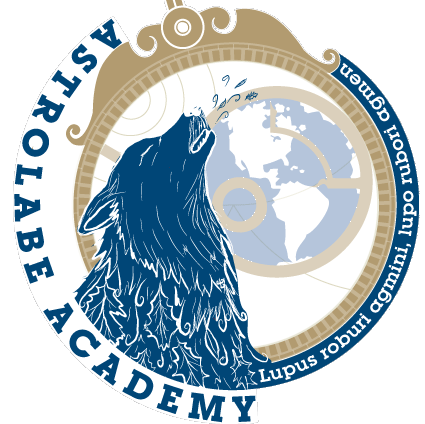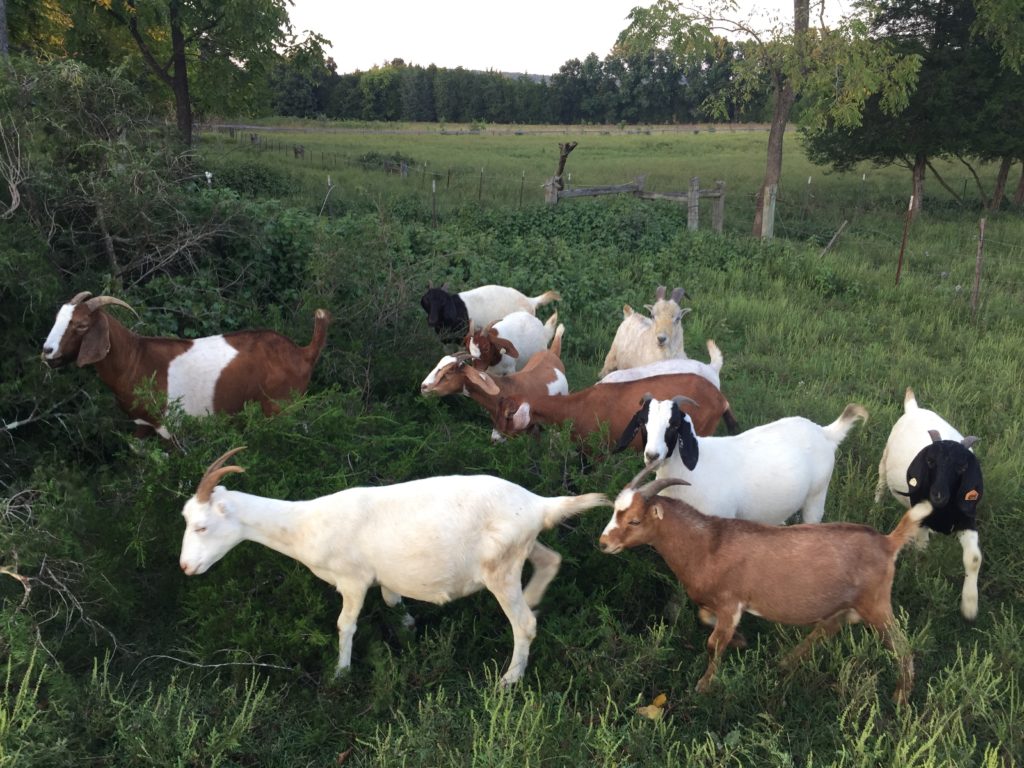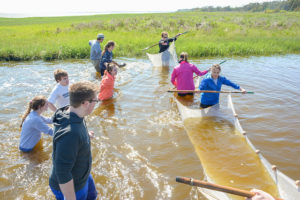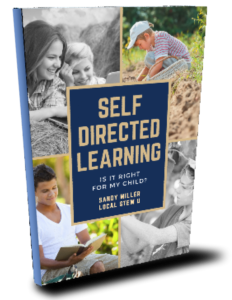Integrating Ocean Science

Jupiter Inlet, a passage between the inter-coastal waterways of Florida and the Atlantic ocean, was one of our favorite spots. We spent many, many hours fishing, snorkeling, boating, and exploring here.

Tidal mangrove swamps once forested much of Florida’s coast. As a child growing up in a more wild Florida, there was much to discover in these areas.
There’s something special about the ocean. The smell. The sounds. The feel of the sand. The salty, cool water. For me, growing up in southern Florida, the ocean was home. I spent every moment I could exploring the waterways, tidal pools, beaches, and jetties with my family. We boated, swam, fished, caught things with nets and buckets and released them, played with stingrays, and wondered at the many alien-like creatures we found. My physical home existed in inland, in farm country. Our small town was surrounded by cane fields, cotton, bean, and watermelon crops, dairy farms, angus beef herds and, of course, alligators. While we lived within the official “town” limits, it didn’t stop us from having horses and raising our own little homestead. Between friends, family and our own 4-H and homestead activities, I was no stranger to farming—the early hours, hard work, susceptibility to natural forces, the struggles and the rewards. Growing up too, in a land heavily impacted and over-engineered as south Florida was (and is), I also learned about the connections between the land, the rivers and the ocean. If there ever was a place where man has attempted to control the forces of water, it’s central and south Florida. As canals were dredged, rivers rerouted, and flood ‘control’ poorly executed, the waterways and estuaries were exposed to the raw impacts of farming and the farmers were subjected to the mis-handled water resources they so desperately needed for crops.
I traded all that in for the city life and career but in my late 30’s found myself purchasing a small farmette far outside the city. I needed to get back to my roots, to feel the dirt, to grow things. As the little homestead grew (as much as it could with long commutes to full-time work and weekend efforts), I felt a calling to use the little farm and our resources for kid-based projects and learning opportunities. Yet, shortly after purchasing the farm, I found contract work with the National Oceanic and Atmospheric Administration (NOAA). I spent the next 10 years working with NOAA, the last seven of which were spent working in their Office of Ocean Research, developing the NOAA Ocean Explorer website and education outreach for high school students based on the ongoing missions taking place in that office. During that time we moved and upgraded our farm twice, offered workshops, summer camps and other learning programs and expanded our homestead operations to include a commercial market goat herd.
Oceans and farming. My whole life seemed to have come full-circle and I was back where I began. But with even more knowledge of the science to bring the connection between these two into stronger focus. Nothing we do is in a bubble. Everything is connected. Depleted soils lack the CO2 absorbing capability they once had and manufactured fertilizers and pesticides run off into the watersheds, wreaking havoc on the estuaries and contaminating the ocean. To both live on this planet and to learn, we must understand the interconnectivity between things.
Which is why this is one of our main goals of LoSU. Not only to forge a better path in wholistic education, but to do so with stewardship of our whole environment system in mind. While our students will pursue their education mainly through the activities of farming, they will spend both recreation and learning time on our watersheds. We hope to instill an appreciation for one of our most important resources—water. But, they won’t spend all their time on the fresh water of the Virginia piedmont. LoSU now has an ocean research and education partner.
The Chincoteague Bay Field Station at Wallops Island on Virginia’s Eastern Shore, will serve as our primary ocean education platform. In the fall of our first year, CBFS will host our students and faculty for the final week of our Inaugural James River Expedition. That trip will culminate with a week-long exploration of the Chesapeake Bay. Students will collect data during that week and have use of CBFS historical data to combine with their other research. They will analyze this data and use it to develop ideas and plans for farmers to further ease the farming impact on the watersheds.
Our students will spend one week each year at the Chincoteague Bay Field Station on Wallops Island in the fall. The program will include research onboard CBFS’s research boats, on shore and in lab classes and will be tailored each year to offer more advanced training for our returning students. LoSU will also participate in other CBFS activities throughout the year as possible with the farm and school schedule. The ideas of ocean health and research will be integrated into the lessons LoSU students will explore throughout the year.
Featured in:
Richmond Times Dispatch - "When a Farm is Your Classroom"
Goochland Gazette - "Local Farm School Making Move to Charles City"
Cheryl Tan Media Podcast 49: [Strategy] Re-engage Your Tribe
Richmond Magazine – Private School Report 2017
NBC12 – Farm-based high school offers alternative for students
Goochland Gazette - "A new view of school"
Educators Challenged to Increase Interest in Agriculture
[FBW]








